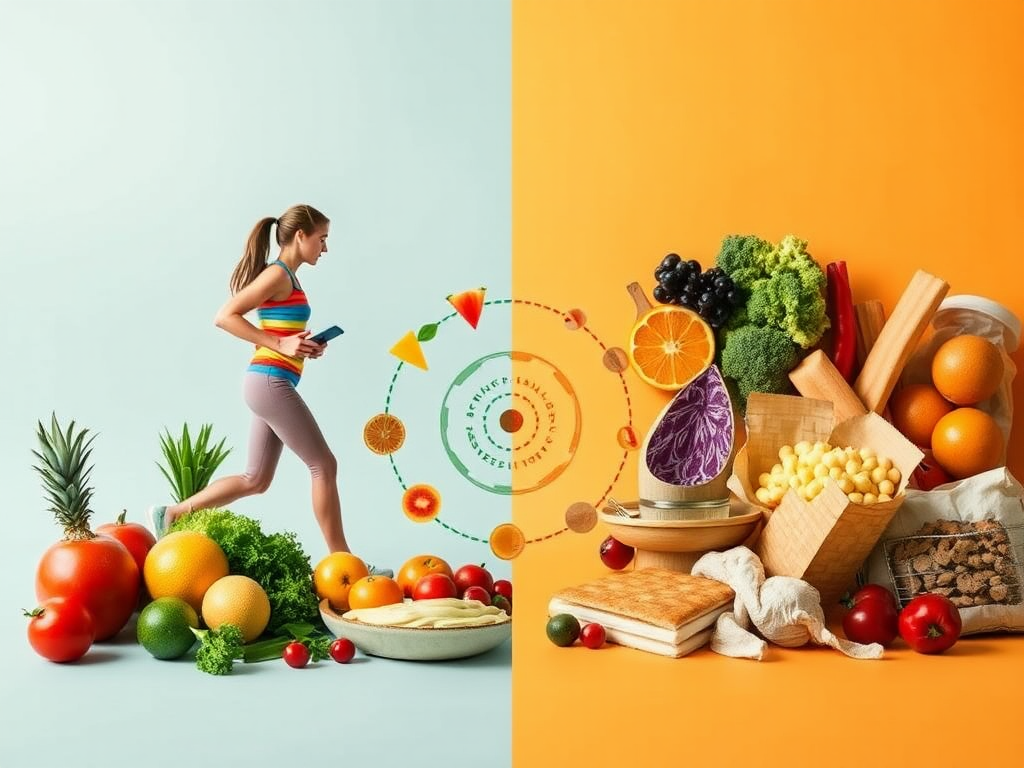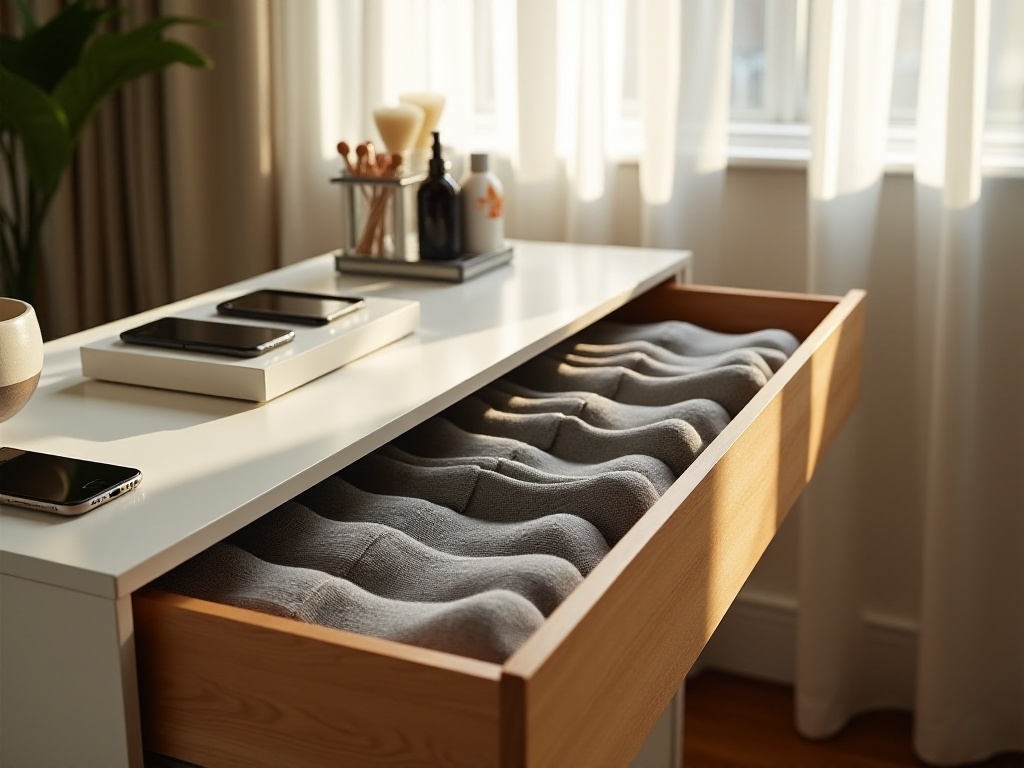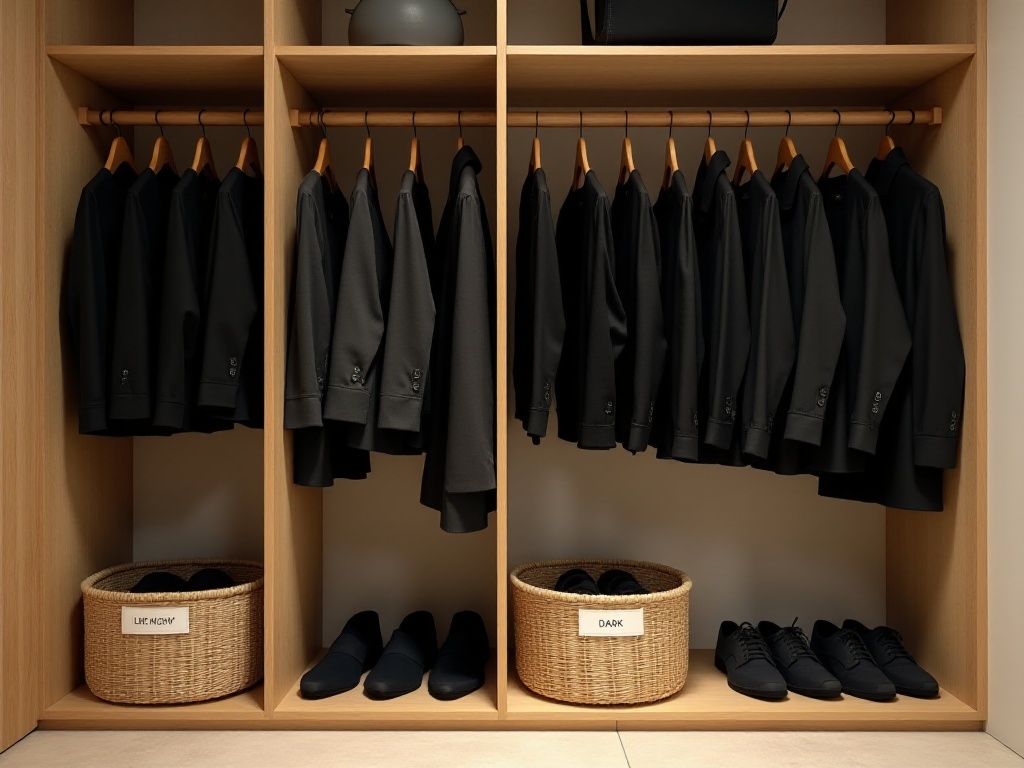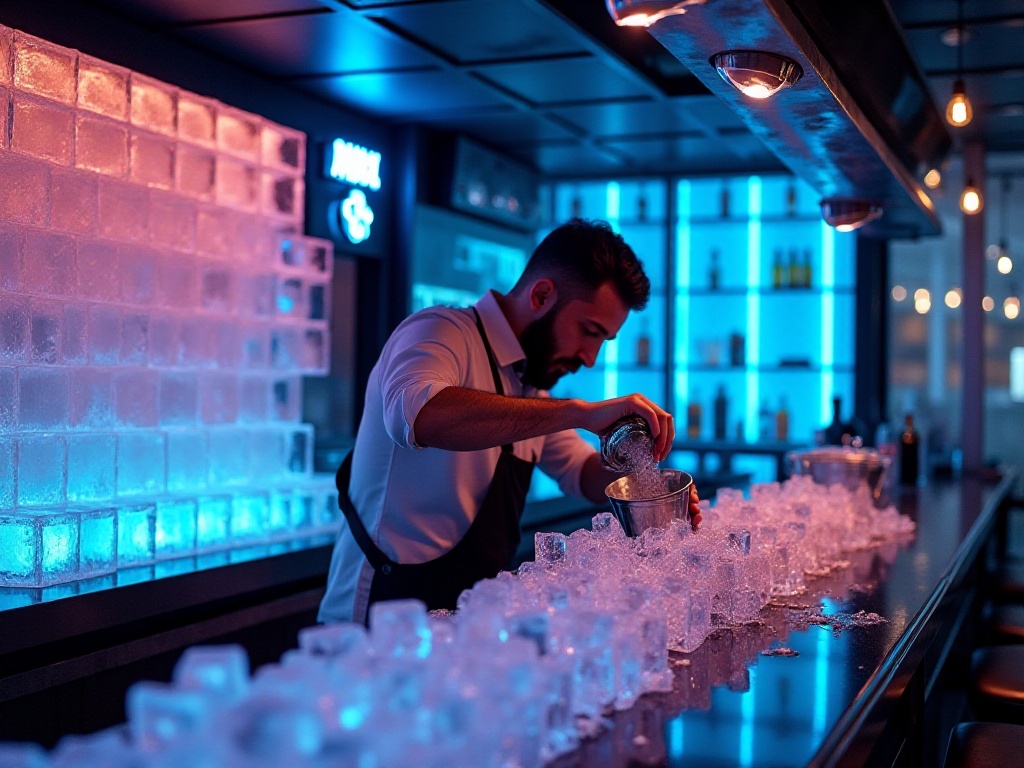
Introduction
Are you often troubled by making beverages? Do you envy those beautiful drink photos posted by others? Actually, making a delicious drink isn't difficult at all! As an enthusiast who has been passionately studying beverage making since college, I spent five years trying thousands of recipes and learning from countless mistakes before finally mastering various drinks. Today, let me guide you through all the secrets of beverage making!
Clever Tips
Still using regular ice cubes to cool drinks? That's so outdated! Let me share a super useful tip: use frozen grapes instead of ice cubes. I learned this trick by chance at a high-end wine tasting event, and it blew my mind! Frozen grapes not only maintain the drink's temperature perfectly but, best of all, they won't dilute your drink like melting ice cubes do.
I remember once when I hosted friends at home, I used frozen green grapes to chill white wine, and everyone was amazed by this creative idea. After finishing the wine, those grapes that had absorbed the wine's aroma were as delicious as desserts from a Michelin-starred restaurant. Later, I tried using frozen blueberries to chill sparkling water and frozen strawberries for champagne, each time discovering delightful surprises.
Speaking of creativity, I want to share another super budget-friendly and delicious trick. Those almost-empty jars of jam, peanut butter, or even Nutella can all be transformed into delicious milkshakes! My favorite is turning Nutella jars into milkshakes. After finishing the last bit of Nutella, just pour cold milk into the jar, seal it tight and shake vigorously - instantly creating a rich and smooth chocolate milkshake.
This method is perfect for lazy people! It not only fully utilizes leftover spreads but also lets you enjoy delicious beverages, and most importantly, it's super tasty! The first time I tried it, I was amazed by how this simple method could create a milkshake as rich as those from bubble tea shops. Later, I tried making peanut butter milkshakes with peanut butter jars and strawberry milkshakes with strawberry jam jars, each time discovering different delicious flavors.
These tricks not only make your beverages more creative but are also environmentally friendly. Think about it - used jars don't have to be thrown away immediately and can serve another purpose, it's truly a win-win! Plus, being able to make so many different drinks at home is both economical and fun, so why not give it a try?
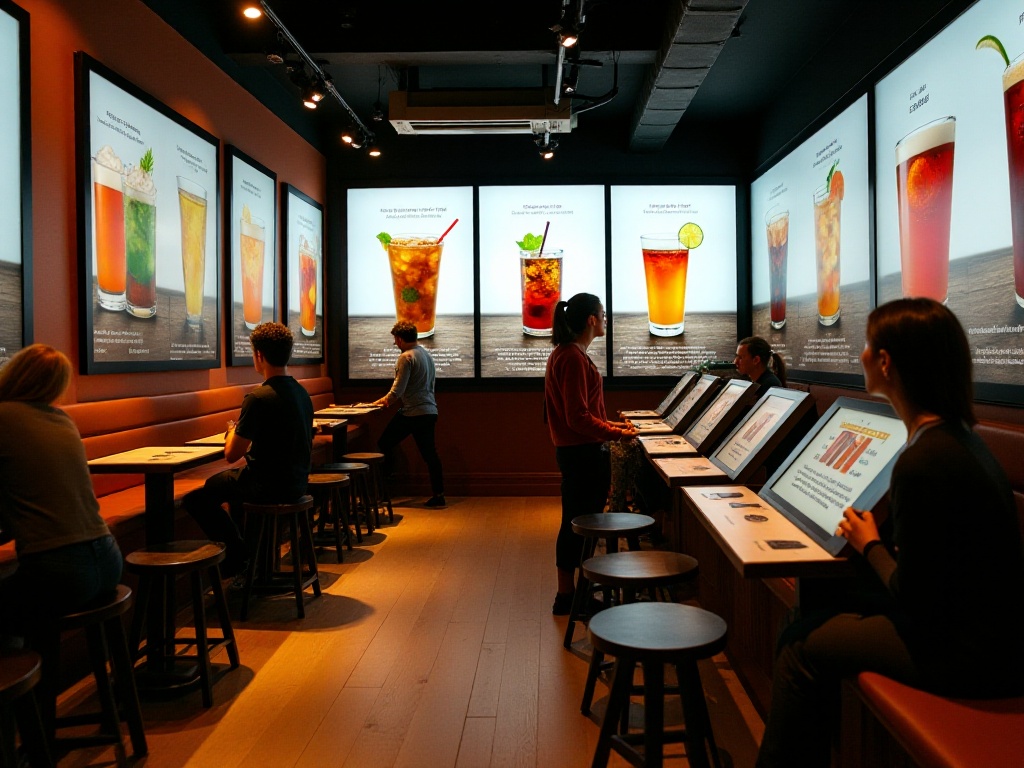
The Art of Ingredients
When it comes to beverage making, ingredient selection is absolutely crucial. Through years of exploration and practice, I've summarized three super important elements - following these principles will never lead you wrong!
Let's first talk about sweetness. There are so many sweeteners available in the market today, from traditional white and brown sugar to natural and healthy honey and maple syrup, to modern products like stevia. According to recent market data, the use of natural sweeteners surged by 35% in 2023, indicating people are increasingly health-conscious.
I personally recommend honey the most - it's not only natural and healthy but also adds a unique aroma to beverages. I remember the first time I replaced sugar with honey in lemonade, the taste was absolutely addictive! Later, I tried different varieties of honey, like locust flower honey, black locust honey, and wildflower honey, each bringing its own unique flavor.
Next is acidity adjustment. Lemon juice and citrus juices are excellent choices. However, I especially want to recommend vitamin C powder - this is my secret weapon! It not only perfectly adjusts the drink's acidity but also adds extra benefits. Studies show that beverages with added vitamin C can extend their shelf life by an average of 20%, which is great news for those who like to prepare multiple servings.
I once made a fruit tea using vitamin C powder, which was not only refreshing but also energizing. The method is super simple: prepare your favorite fruit tea bag, brew it, add an appropriate amount of vitamin C powder, then sweeten with honey to taste, and a nutritious and delicious beverage is ready.
Finally, let's talk about flavor enhancers. If you want to make pure natural beverages without additives, fresh fruit juice is absolutely the best choice. Market research shows that beverages containing real fruit juice can command prices 40% to 60% higher than regular drinks. What does this tell us? It shows that everyone recognizes the value of real ingredients!
I particularly love using passion fruit in beverages - it has an intense aroma, balanced sweetness and acidity, and high nutritional value. I remember the first time I made sparkling water with passion fruit, the taste was absolutely amazing! Later, I tried various fruit combinations like peach with raspberry, strawberry with lime, mango with pineapple, etc., each combination creating its own unique spark.

Ice and Temperature
Temperature control is absolutely the most easily overlooked yet extremely important aspect of beverage making. The same drink can taste completely different at different temperatures!
I remember when I first started studying cocktails, I was confused by all the different types of ice. Later, I gradually understood that different ice cubes serve different purposes. Crushed ice cools quickly but also melts fast, making it more suitable for drinks that need to be consumed quickly. Large ice cubes are like the anchor of the beverage world, melting slowly and perfect for drinks like whiskey that need to be savored.
Professional bartenders have tested that in a 25-degree room temperature environment, a 4-centimeter cube takes a full 45 minutes to completely melt, while regular ice cubes dissolve completely in just 15 minutes. The difference is huge!
I've done many experiments myself and found that cocktails made with large ice cubes change in taste as time passes, bringing different surprises with each sip. While drinks with crushed ice might be very refreshing at first, they quickly become too diluted.
Temperature control for hot beverages is also crucial. For drinks like milk tea and coffee, temperatures that are too high can damage the dairy texture, while too low temperatures compromise the aroma. After countless trials, I've found that 65-70 degrees is the ideal temperature, maintaining the beverage's aroma without burning your tongue.
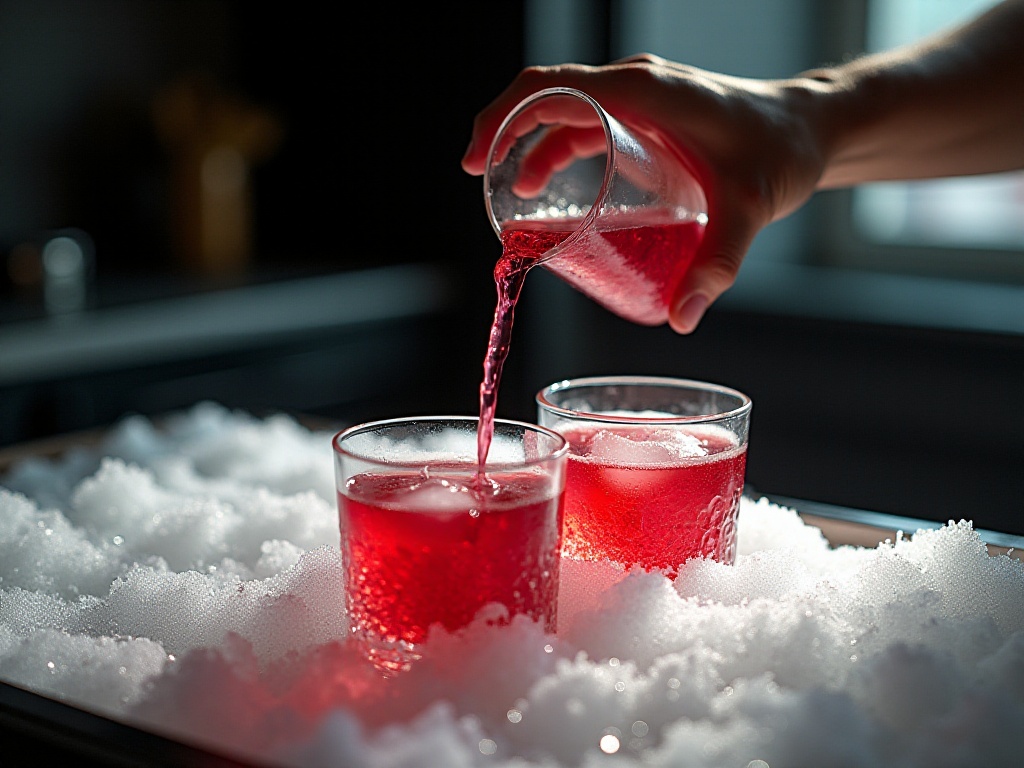
The Art of Presentation
A beautiful drink can instantly lift your mood! In my years of practice, I've found that glassware selection and presentation techniques are particularly important for making drinks look more sophisticated.
First, pre-chilling glassware is absolutely essential! Data shows that pre-chilled glass can extend a drink's cold retention time by about 30%. Now, I always refrigerate glasses for at least 30 minutes before making drinks. This not only keeps beverages cold longer but also creates an appealing frost on the glass surface.
Garnishing is also crucial. My go-to garnishes include fresh fruit slices, mint leaves, and edible flowers. I remember once decorating a glass of lemonade with blue butterfly pea flowers - with the clear glass, it looked like a watercolor painting!
The angle of presentation matters too. I've found that placing garnishes slightly off-center from the rim actually looks more natural and elegant. When taking photos, it's best to use natural light to make the beverage's colors look more authentic and appealing.
Final Thoughts
After reading these tips, are you eager to try them out? Remember, the most important part of making beverages is to relax and enjoy the process. Which drink would you like to try first? Share your thoughts and experiences with me!
Remember, anyone can become a beverage expert in their daily life. Let's use these tips to transform ordinary drinks into little moments of happiness! I believe that as long as you're willing to try, you can create stunning results. After all, the satisfaction of turning a simple drink into a work of art is truly wonderful!
Related articles


